Video: Potential automotive "Phase 2" R&D site now going up next to Apple Campus 2 Spaceship Ring
Phase two of Apple's ambitious Campus 2 construction project is now well underway, just six months after the new testing workshops and facilities for additional research and development— large enough for vehicle-size innovation work— began rising on the former site of a series of obsolete buildings located next to the main "Spaceship Ring."
The first phase of Apple Campus 2— including its above ground and underground parking, theater complex and central "Spaceship" ring of office space— began to rise last winter.
Our recent October Campus 2 report shows that most of the Spaceship Ring has already reached its roof, although lots of interior work remains before the company can begin moving 13,000 members of its workforce into the new building, as Apple plans to begin doing by the end of 2016.
The project's Phase 2, involving a strip of additional buildings centered along North Tantau Avenue (the eastern boundary of the Campus 2 site), originally planned to provide additional research and development space on the site at some point in the future. That parallel project is now well underway itself.
Planning changes made last winter modified the original Phase 2 outline, which included ten small R&D buildings, resulting in a new plan that envisioned fewer but significantly larger research and testing facilities on the east edge of the site, with the new buildings all echoing the clean, simple lines and glass walls of the central "Spaceship" Ring.
To make way for the sleek new low-rise glass R&D facilities, a series of existing buildings along North Tantau Avenue were removed. The first to go were visible in our previous Campus 2 flyover reports over the last year. The obsolete buildings are being replaced by highly efficient, modern facilities with improved, drought-tolerant landscaping and less surface parking.
The old office buildings sat on the east edge of the city line of Cupertino. Across a fence, a series of very different suburban residential streets define the western edge of Sunnyvale. The Phase 2 project area also borders Jenny Strand Park, including picnic grounds, tennis courts and a large green lawn that employees will have access to through the property barrier.
The new buildings of Campus 2, Phase 2 will be stitched together by a boardwalk and landscaping featuring a variety of redwood, oak and other deciduous trees paired with sustainable ground cover designed to require minimal irrigation.
A dedicated five story parking garage will house 620 vehicles for Phase 2 workers. That building, which is currently a basement foundation, will also feature a roof covered with solar panels (similar to the two primary parking structures of Campus 2) in order to help offset its energy use, even prior to accounting for the separate off-site solar array the company is funding in rural Monterey County located south of the Campus 2 site.
The new parking garage's solar panels will in particular help offset the energy use of the facility's 32,000 square foot data center planned for its basement, likely dedicated to the research, testing and workshop activities related to Phase 2 activities.
Viewed from above, a series of sleek, white rectangular buildings— housing an additional 2,200 employees— are planned for the 16 acres at the southeast corner of the Campus 2 site along North Tantau Avenue, where it intersects with the 280 freeway, east of the large main Campus 2 parking structures now under construction.
Phase 2 could be an automotive design center
The timing of the Phase 2 redesign correlates with Apple's reported moves to focus on development of an automotive product. AppleInsider outlined the company's automotive industry inclinations back in 2012, but recent mainstream media reports that suggest the company plans to develop an entire vehicle are relatively new.
That indicates that Campus 2's Phase 2 R&D and testing facilities were realigned last fall, likely in order to address an evolving strategy involving much larger products than Apple has ever designed and built before, whether a car or vehicle information systems the company would be testing within vehicles.
The largest building in the Phase 2 cluster is a four story, 300,000 square foot office building (below) devoted to research and development, featuring expansive curtain walls of glass that provide unobstructed views of the surrounding landscaping.
The main Phase 2 building includes one level of 280 underground parking spaces— including facilities for electric vehicles— with limited additional parking on the surface, making room for plenty of bicycle parking and open landscaping.
Apple may intend to use these new buildings to develop an electric vehicle— potentially even a self driving car— but the Phase 2 R&D campus expansion itself is designed to encourage employees' transit use, ride sharing and bicycle commuting, a significant shift from the previous car-centric suburban sprawl it replaces.
The Phase 2 site's former 103,000 square feet of office space at Ridgeview Court 1 (below) was demolished in January. Expansive surface parking lots previously covered most of the open land surrounding the buildings.
Over the past year, Apple used part of the former parking lot to build a mockup prototype section of the Ring for testing.
That temporary structure was also removed last winter, leaving a bare lot on a island of land separated from the rest of the Campus 2 site by Calabazas Creek.
The main Phase 2 building will also include a kitchen, espresso bar and dining facilities overlooking a landscaped outdoor seating area along the creek. The southern boundary will feature an acoustic wall to help shield the site from freeway traffic noise.
The street side of the building will be partially obscured by new trees (below), while the secure and private inner side will be surrounded by landscaping.
Planning documents indicate that the site's secured, secluded and serene location are key elements in its design as an R&D facility, giving designers a relaxing, reflective space to develop new products and the technologies that will power them.
Car-sized testing workshop facilities
Across the street, a pair of two story testing facilities will provide 222,000 square feet of additional workshop and office space, replacing Apple's three existing buildings at the Tantau 1 and Tantau 2 locations and nearly doubling their existing 146,000 square feet of office space.
In place of the surface lots, a separate five story parking structure will provide room for 620 vehicles as well as a new 32,000 square foot data center located in the basement.
Apple's architects presented proposed renderings of the parking structure both with and without mesh panels, both featuring a design complementing the circular main campus and reflecting the minimal, open design concept previously used in a series of new Apple retail stores, including the company's nearby Stanford store.
A third office building to the north of the creek will contribute another 84,000 square feet of space in a smaller two story structure of a similar design, at the location of existing Apple buildings at Tantau 3.
The R&D, testing workshop facilities and server data center of Phase 2 will complement the 2.8-million-square-foot "Spaceship" Ring designed to accommodate 12,000 employees, along with a fitness center, auditorium, transit center and other amenities.
AppleInsider recently presented an video overview (above) of construction progress in the October Campus 2 report.
 Daniel Eran Dilger
Daniel Eran Dilger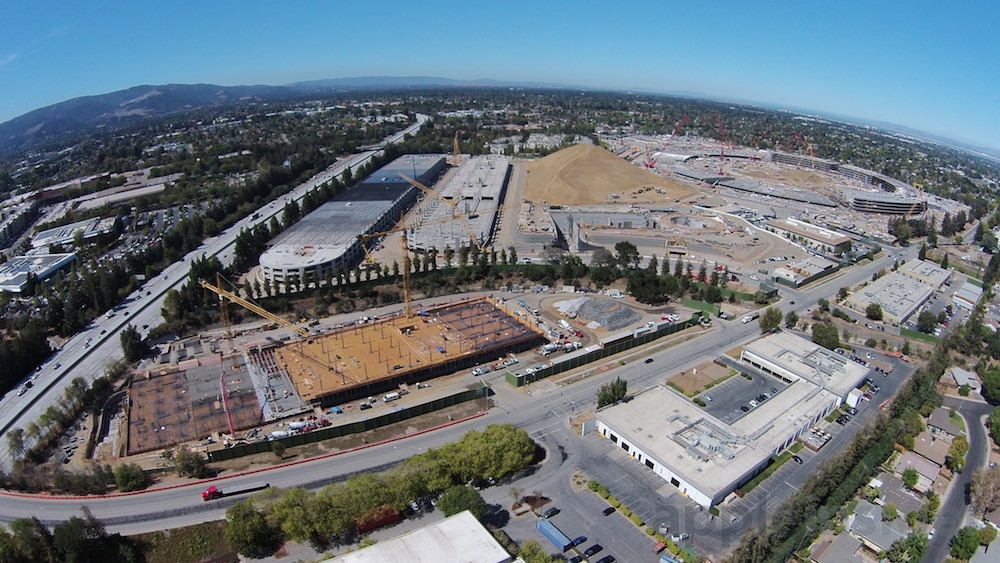
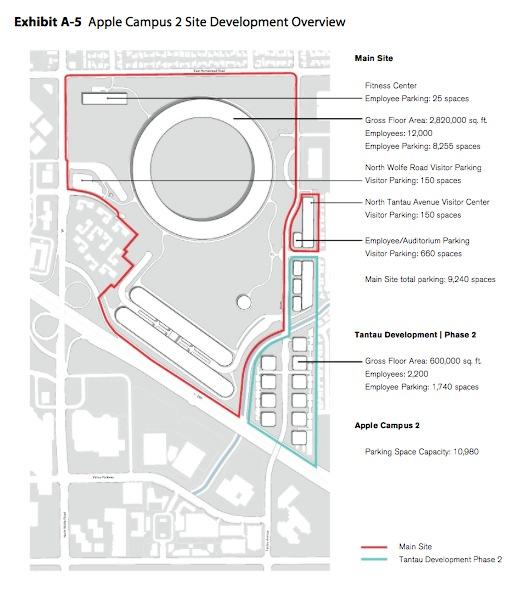
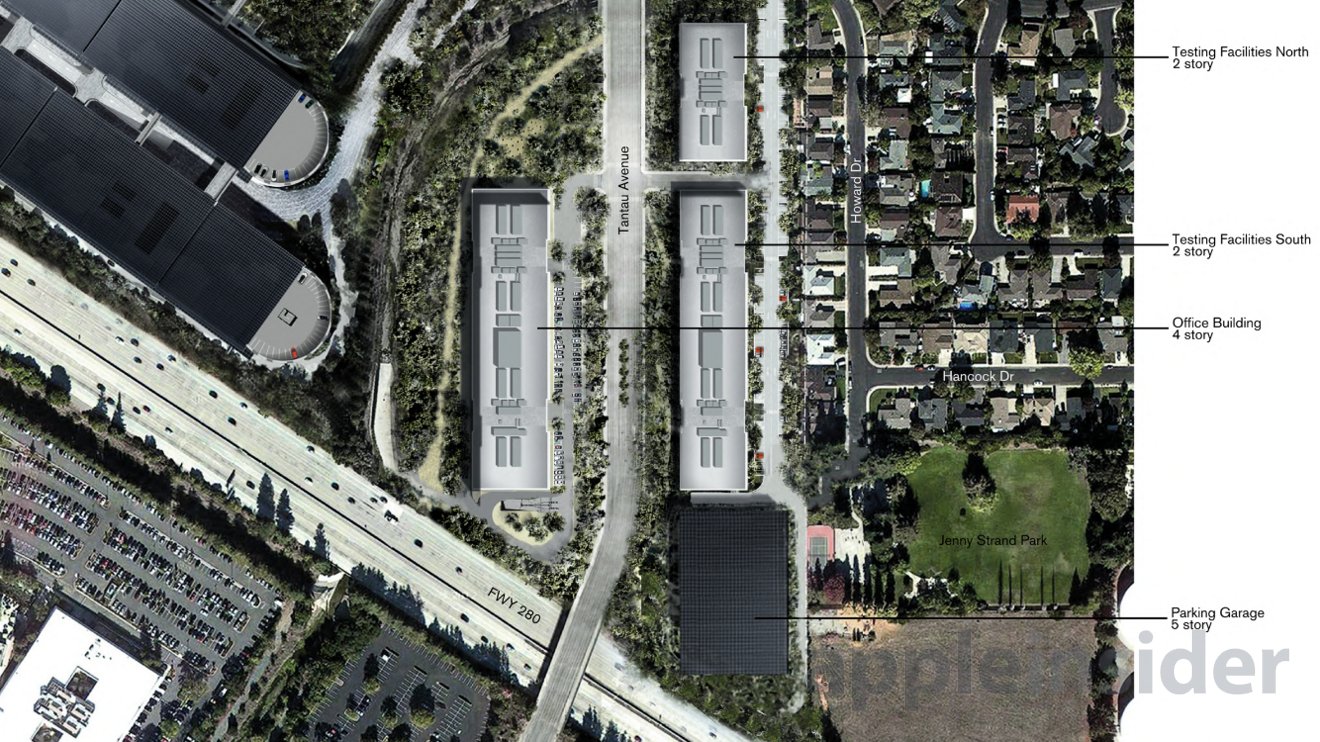
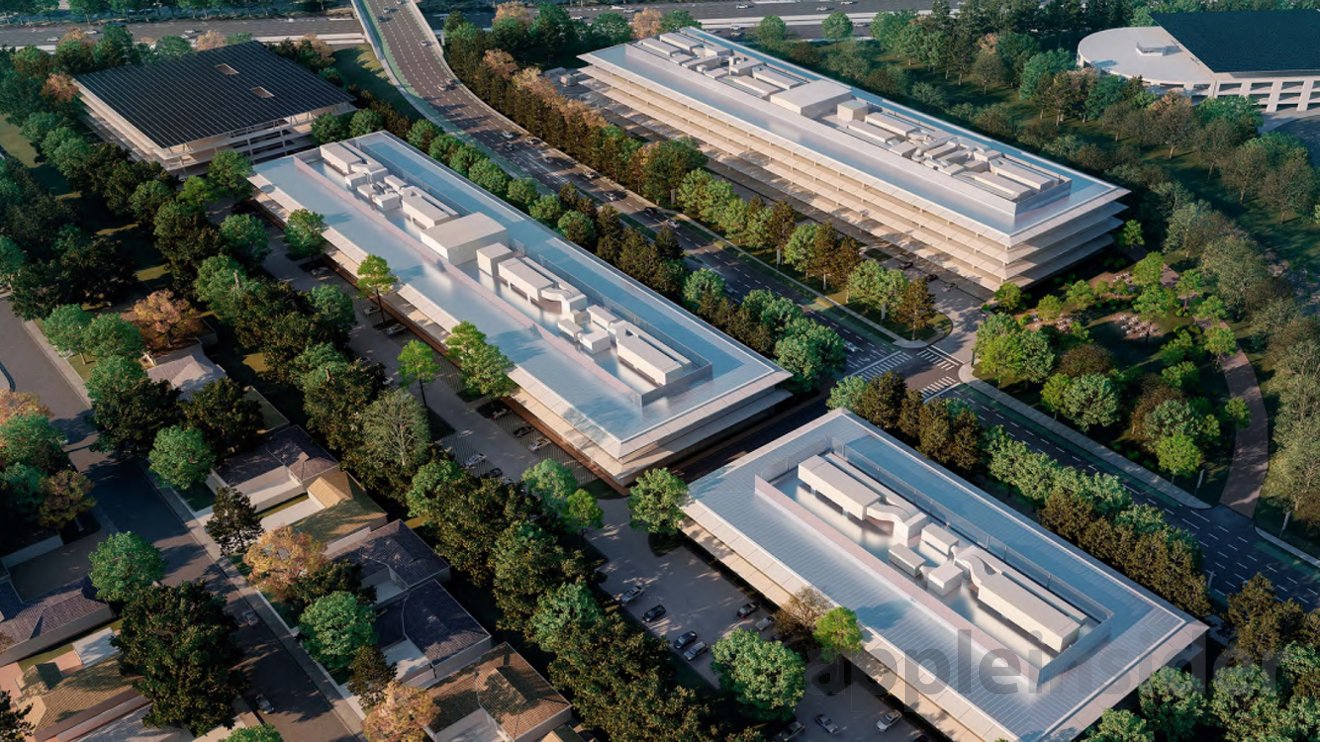
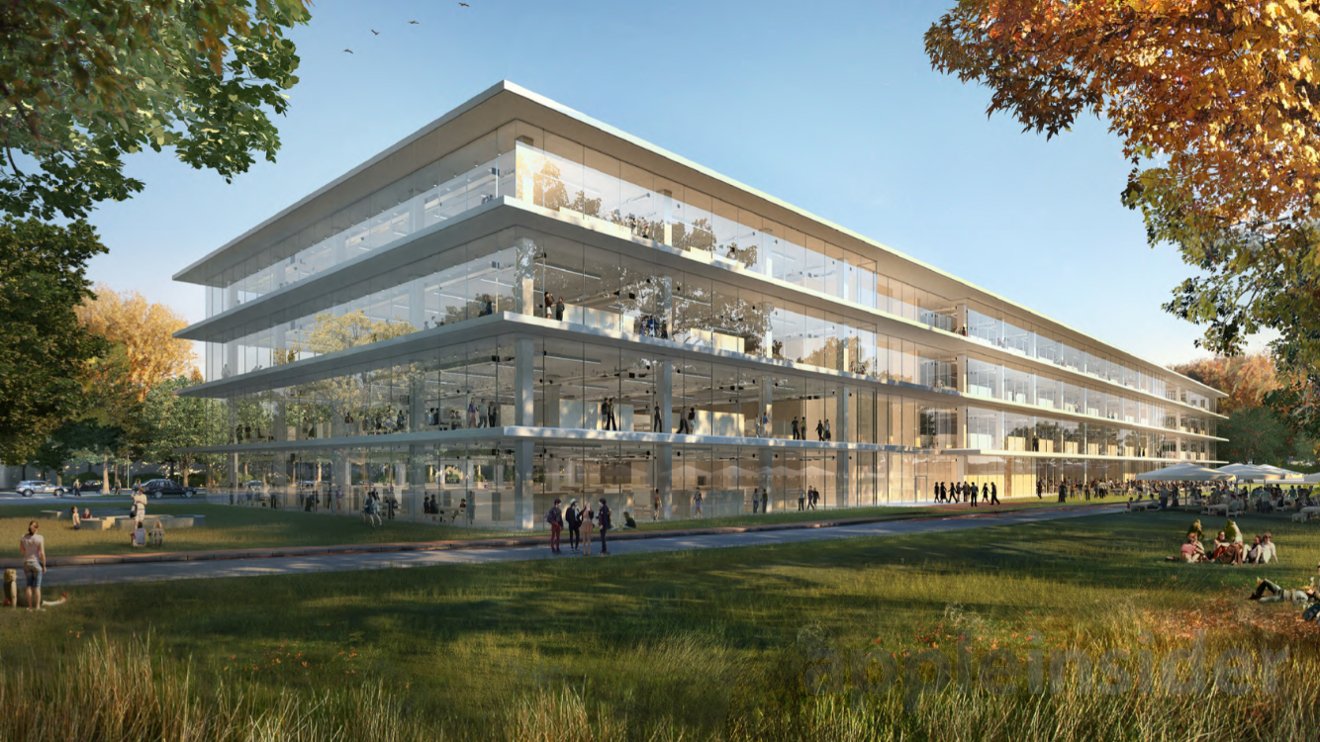
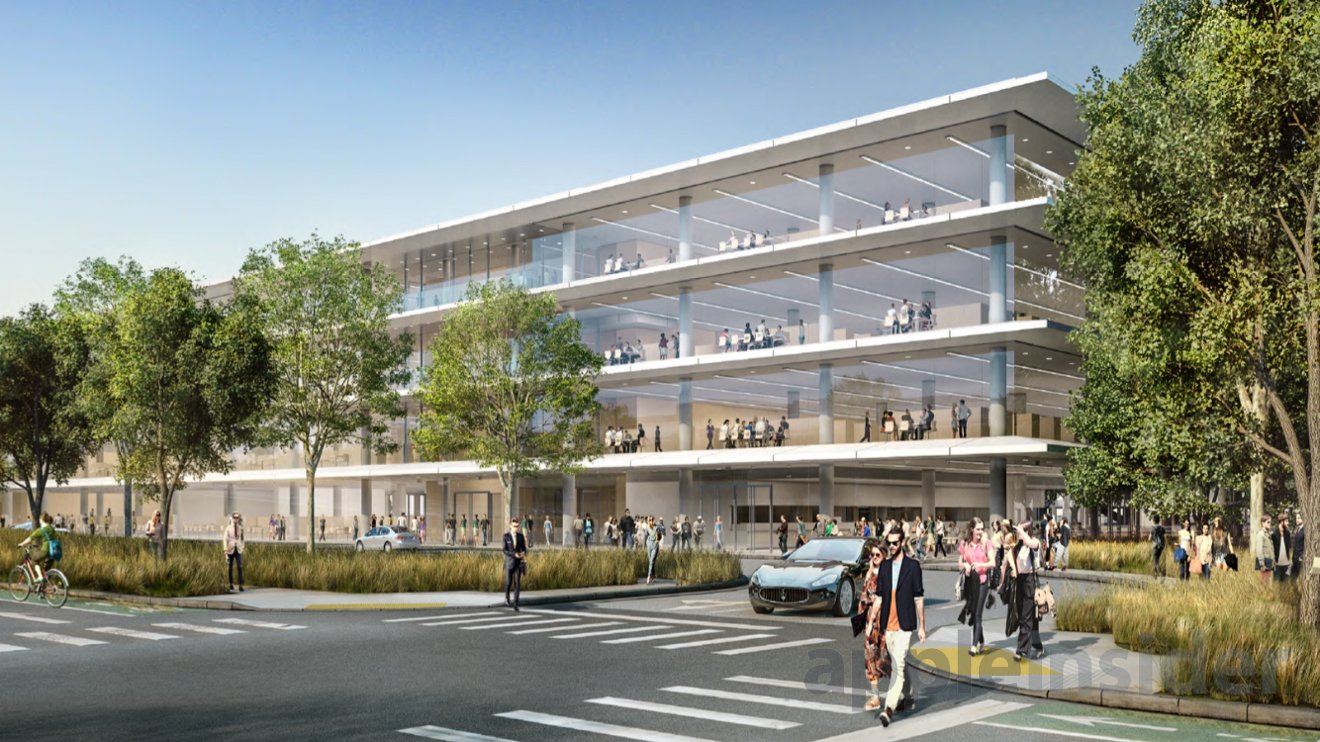
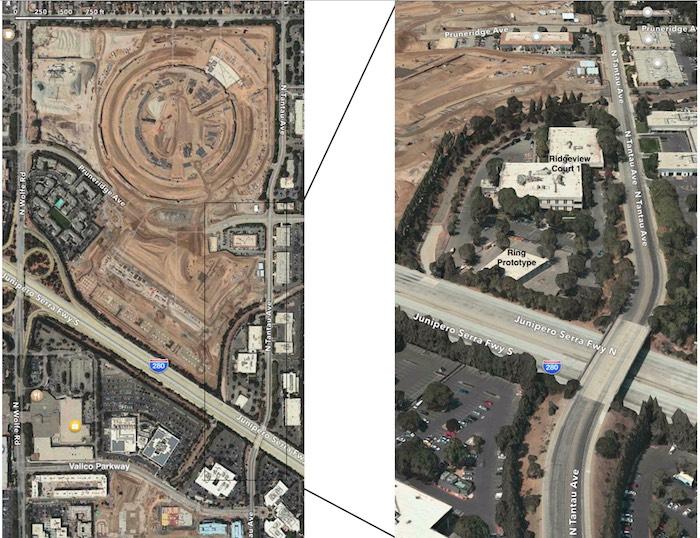
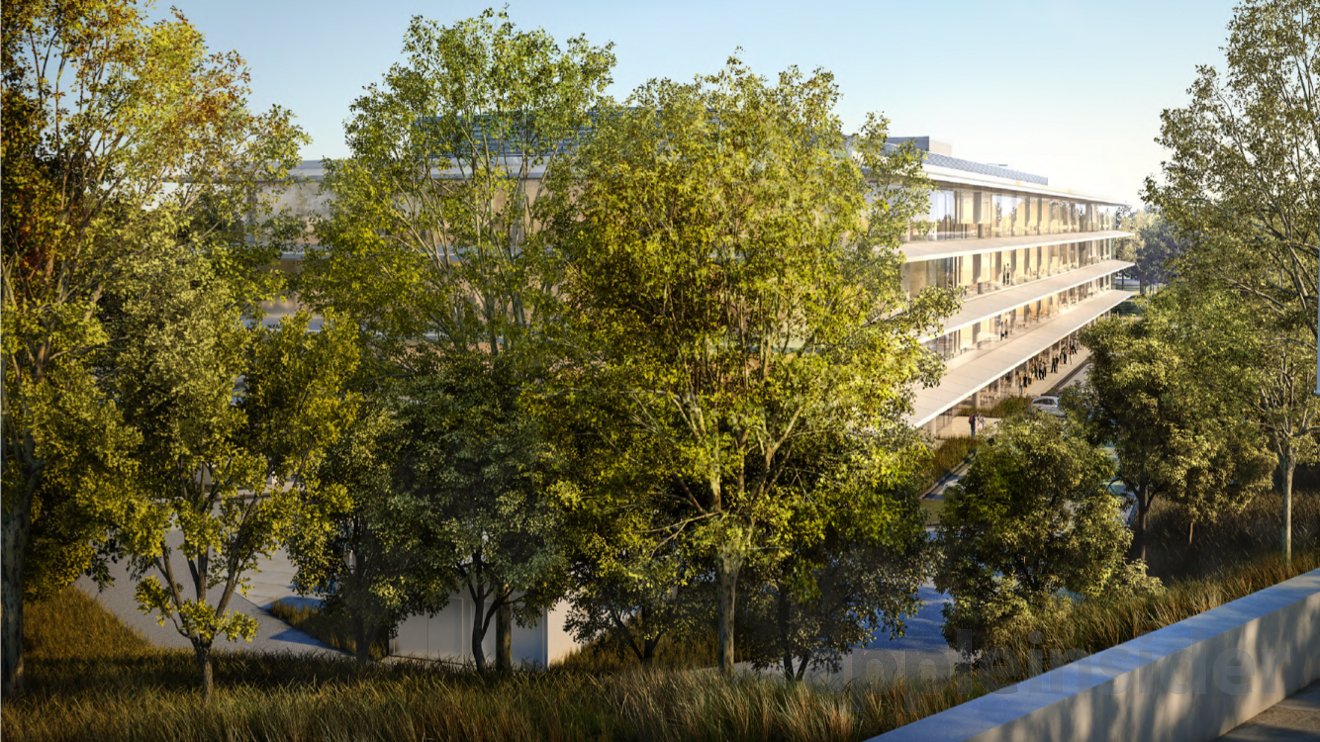
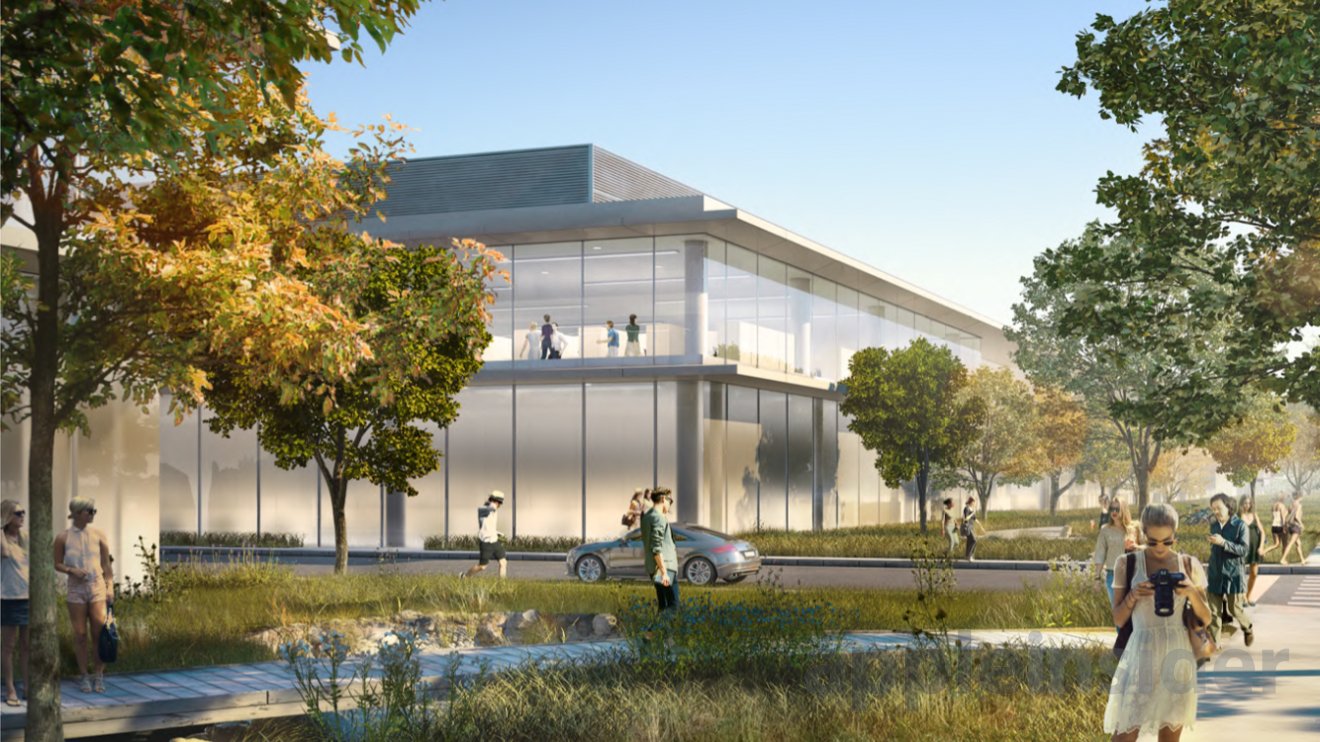
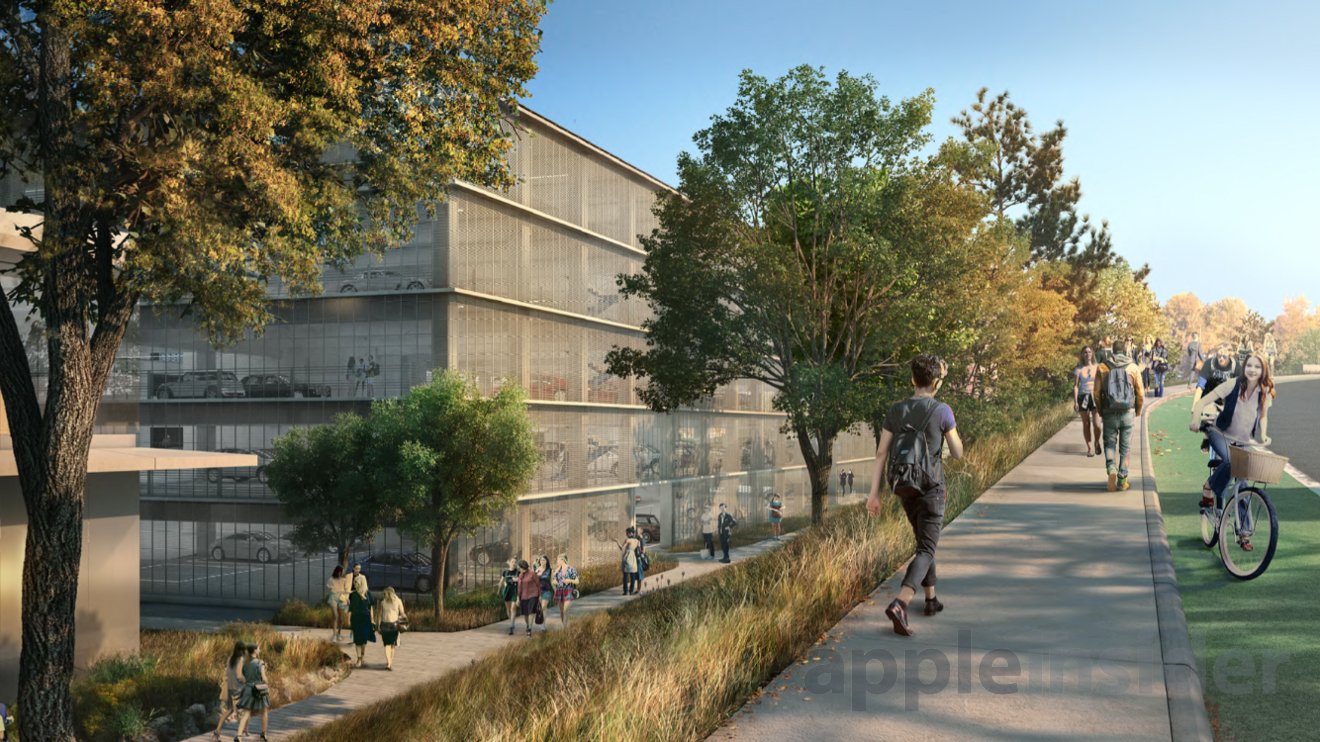











 Andrew Orr
Andrew Orr
 Sponsored Content
Sponsored Content
 Malcolm Owen
Malcolm Owen

 William Gallagher
William Gallagher

 Mike Wuerthele
Mike Wuerthele
 Christine McKee
Christine McKee







